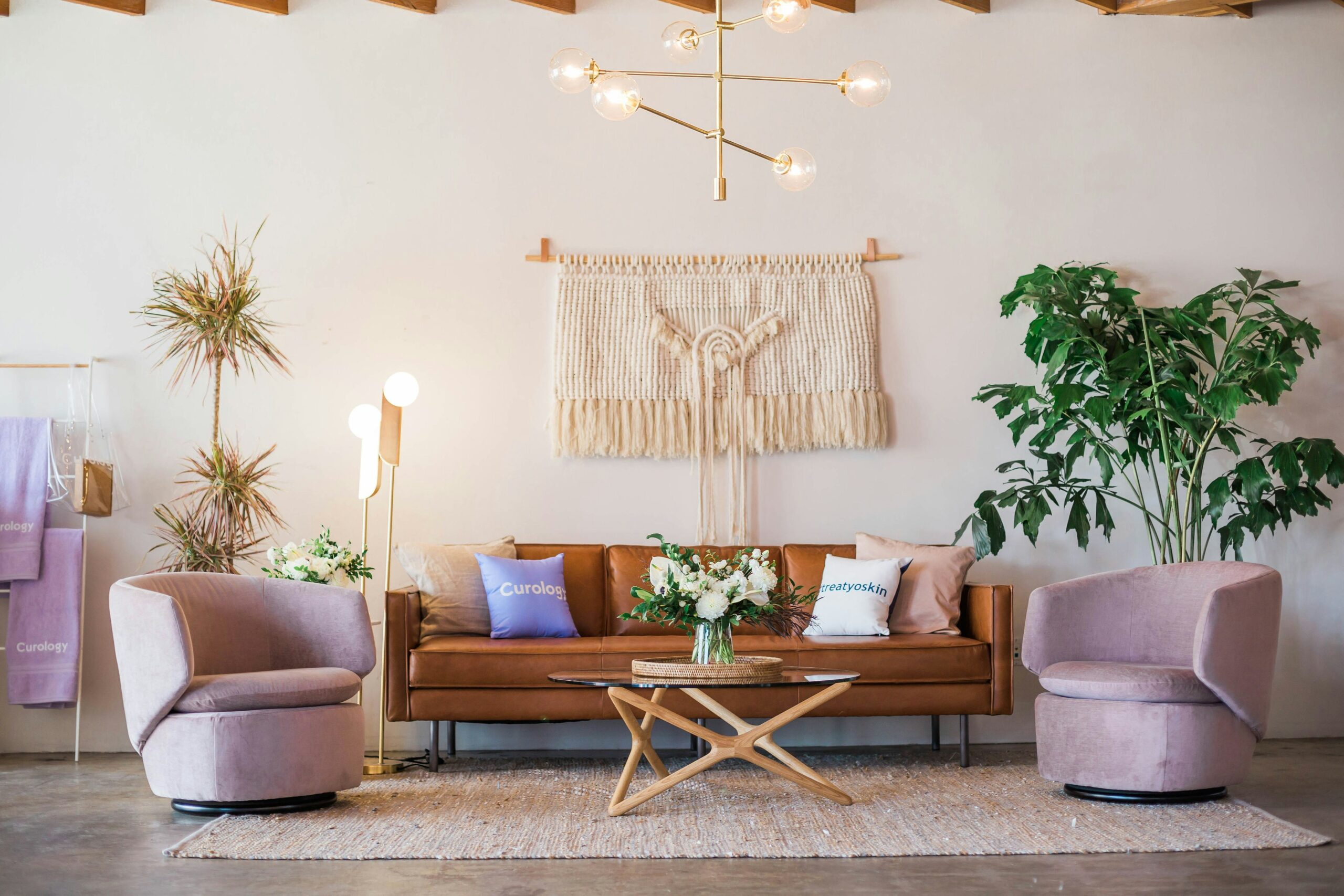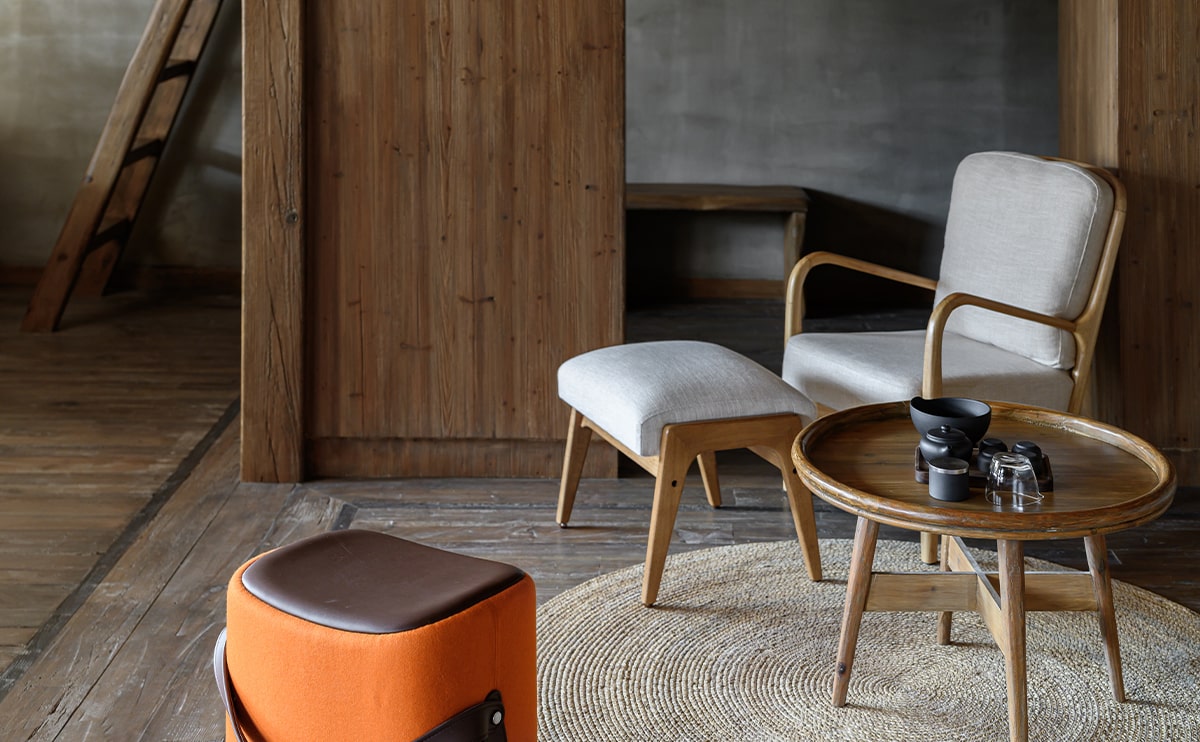The Rise of Second-Hand Furniture Sales in the UK


Sustainability and cost-effectiveness are increasingly becoming the prime focus globally and this has a direct result on the growth of second hand furniture sales in the UK. Apart from offering unique and stylish decoration options, second hand furniture also provide an economical way of furnishing your house.
Resale Revolution: UK’s Sustainable Second-Hand Furniture Boom
Thrifting and upcycling has become the latest craze within the UK since the pandemic, resulting in an unprecedented boom in the second hand furniture industry. Over the period from 2022 to 2027, the market is set to rise by more than 40.8% to reach a mind boggling £1101 million, vastly exceeding the projected 7.9% growth of the furniture sector. This hostile spike in the worth of second-hand furniture is to be anticipated with increased environmentally friendly customers attempting to reduce carbon footprint when buying affordable yet quality furniture. Second-hand furniture is gradually turning into the product of preference for environmentally conscious buyers, coming in bulk through thrift stores, internet marketplaces, or antique stores.
A Shift Towards Secondhand Furniture Acceptance:
Emerging Trend in United Kingdom
Approximately 25% of respondents to this survey are in favor of purchasing second-hand furniture, so fading furniture is increasingly popular. The change in perception is driving resale market growth and opening up budget-friendly, environmentally friendly furniture for broader consumption. The United Kingdom’s resale market is expected to grow significantly with increased acceptance of second-hand house furnishings for both environmentally conscious and budget-conscious buyers.
New Entrants Shatter the UK Second-Hand Furniture Industry:
The UK second-hand furniture market is witnessing an influx of competition with new entrants such as Rehome and Vinterior. In order to cater to the changing needs of environmentally aware and price-sensitive customers, these new brands are partnering with market leaders such as IKEA. Through the transformation of the second-hand furniture sector, they provide a contemporary, affordable, and sustainable option compared to conventional resale outlets, adding momentum to market expansion.
Youth-Driven Growth: The Future of Second-Hand Furniture in the UK:
The UK second-hand furniture market is thriving, fueled primarily by young, environmentally aware consumers between the ages of 24-34. This money-smart generation is spearheading the movement toward sustainable furniture, representing a significant proportion of second-hand furniture sales over the last year.
Housing Market Challenges Drive Resale Growth:
With UK mortgage rates around 6% and house prices soaring by 73% over the past decade, the demand for affordable second-hand furniture is rising. First-time homebuyers, facing financial constraints and growing environmental awareness, are increasingly turning to the resale market as a cost-effective and sustainable solution for furnishing their homes.
Breaking Barriers: How Retailers Can Succeed in the Second-Hand Furniture Market?
As the UK’s second-hand furniture market continues to expand, retailers need to make the purchasing process easier to engage more consumers. Increasing transparency, presenting detailed product descriptions, and enhancing customer experience can make purchasing used furniture as hassle-free and desirable as buying new. By tackling these core concerns, retailers can take advantage of the thriving resale trend and improve customer faith in pre-owned furniture.

